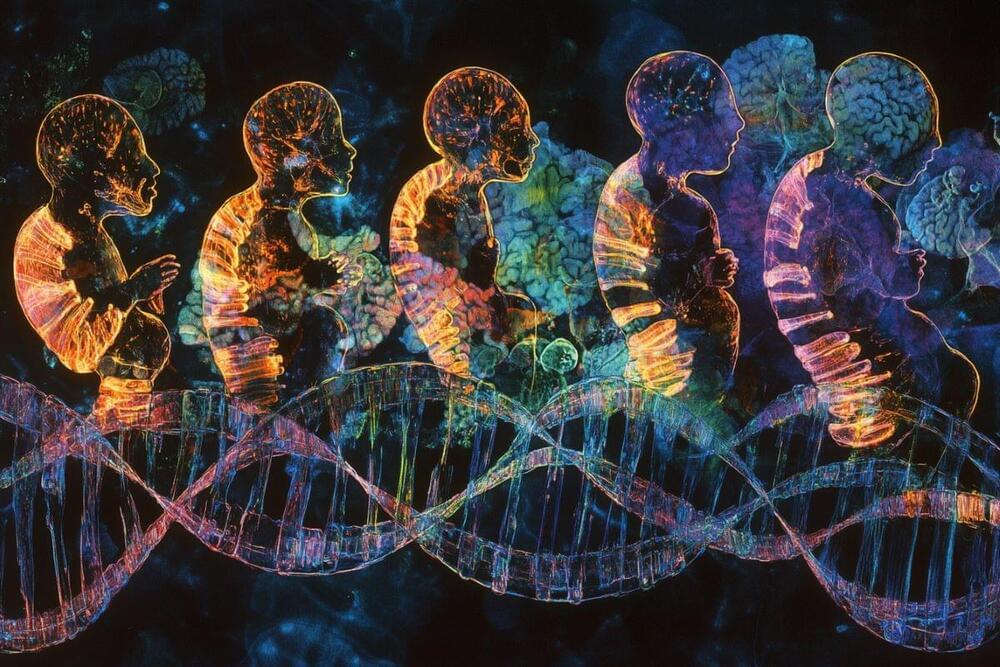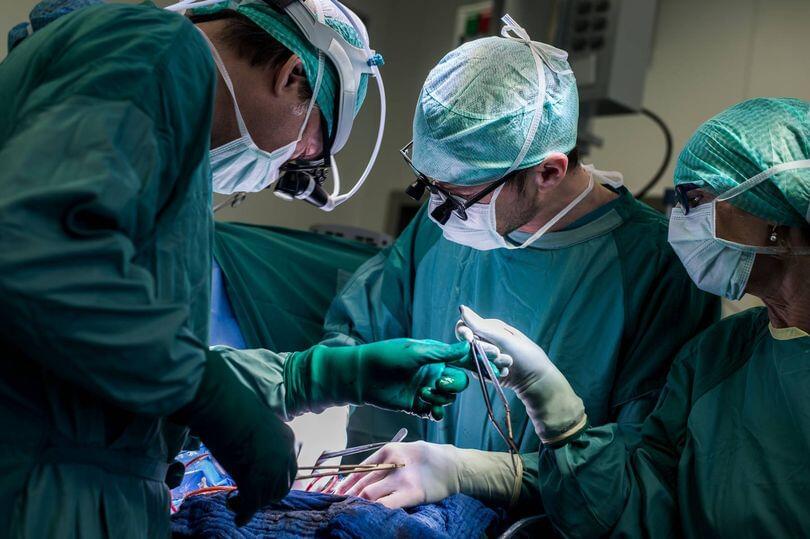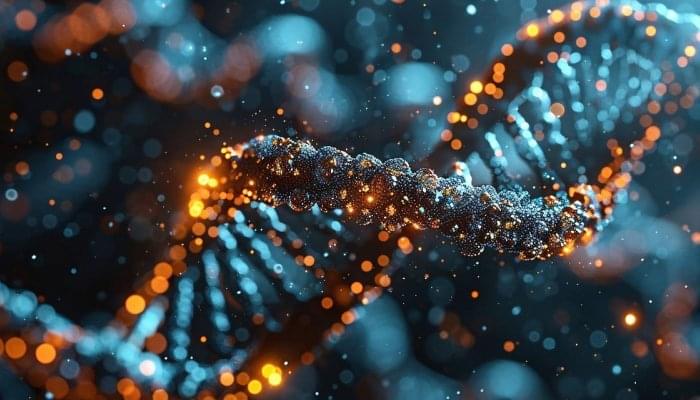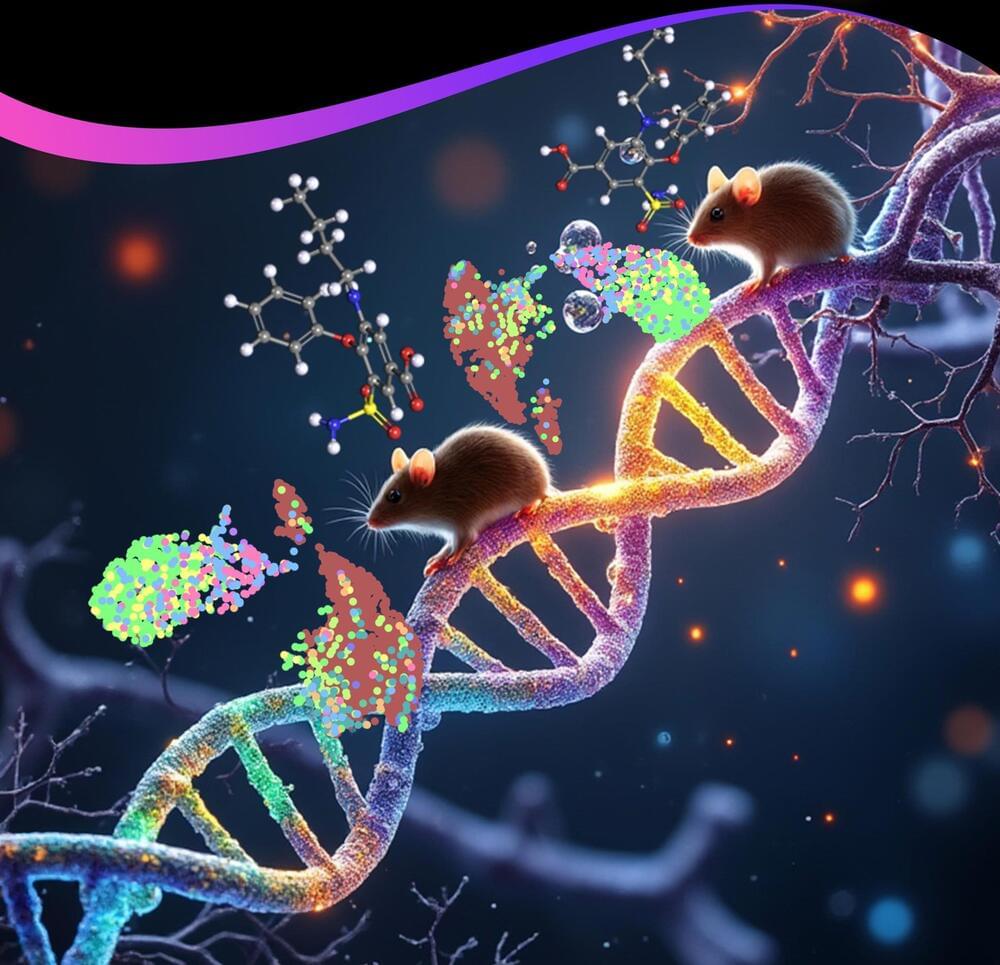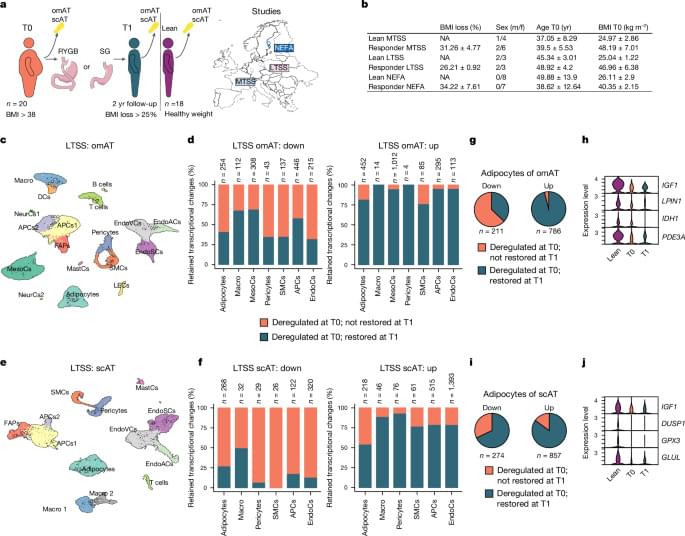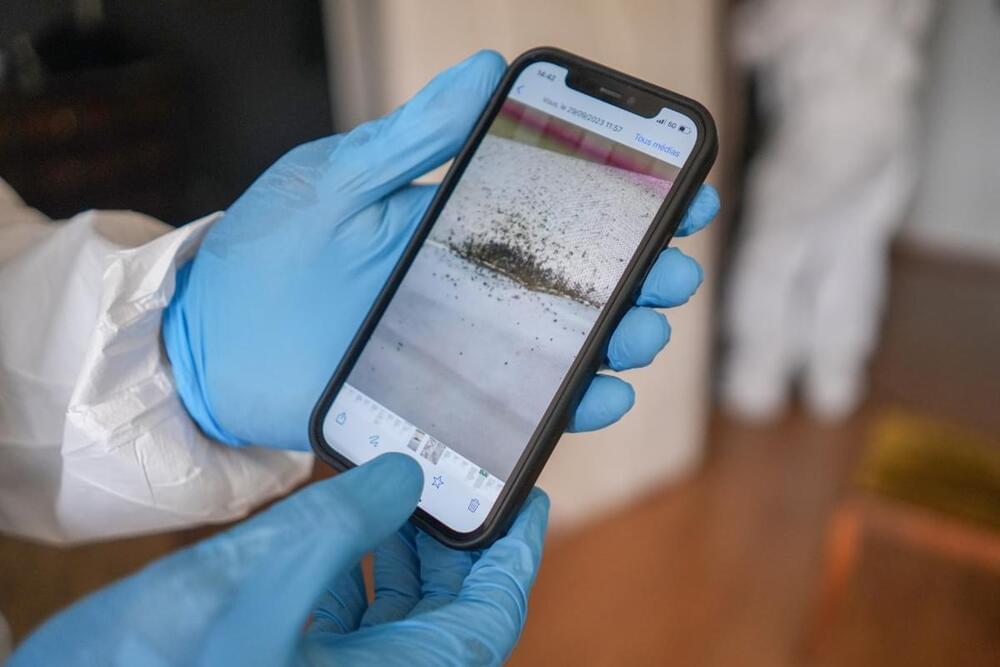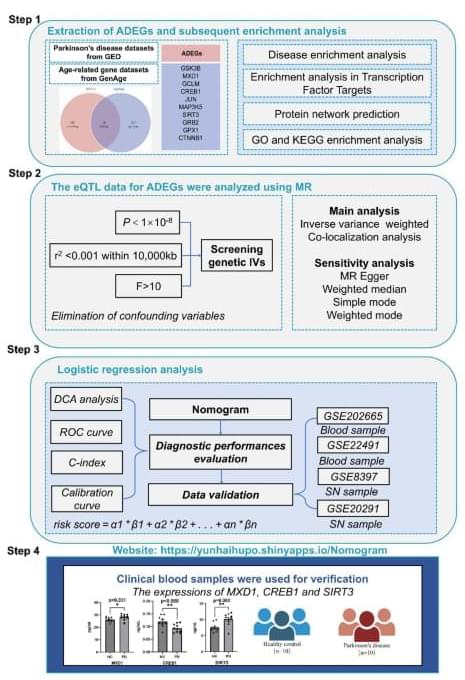Link :
Ever since then, researchers have marveled at the bedbug’s resilience. No matter what kind of chemical insecticide we throw at it, they manage to survive. This is due in large part to its development of insecticide resistance. Recent research conducted by Hidemasa Bono at Hiroshima University found that a series of genetic mutations explain the bedbug’s resistance to insecticides.
To figure that out, Bono and his team took a peek at the genome of an insecticide-resistant bedbug. They then compared it to bedbug samples collected in 2010 from a hotel in Hiroshima, along with wild bedbugs dating back to the 1950s. They used a technique called long-read sequencing to create nearly free and nearly error-free genomic maps to compare the various bedbugs across time. This allowed them to see several different mutations across the three types of bedbugs.
They found that the bedbug that came from the hotel had 19,895 times more resistance to one of the most common types of insecticide, pyrethroids, than the nonresistant genome. All told, they identified 729 resistant specific mutations. Some of these mutations are related directly to DNA damage response, cell cycle regulation, and insulin metabolism.
